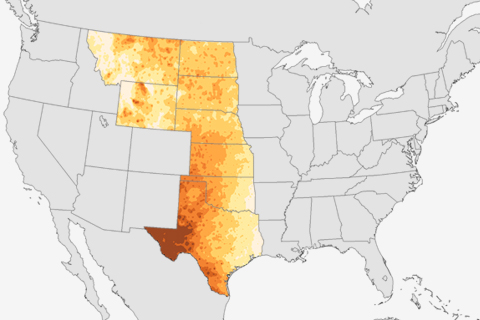
From soybeans and sunflowers in North Dakota to cotton and winter wheat in Texas, large stretches of croplands in the U.S. Great Plains rely exclusively on rain. Those croplands are likely to face longer dry spells by mid-century.
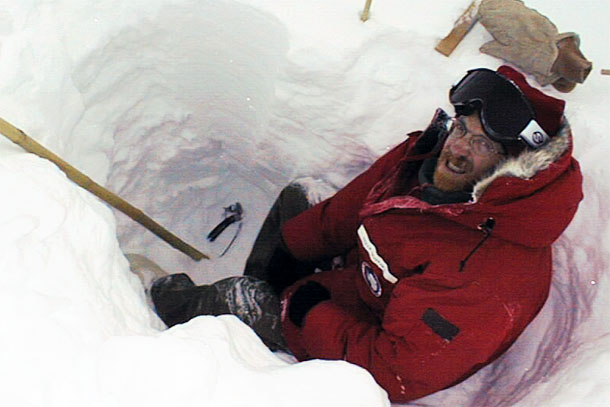
Some of the chemicals that replaced ozone-harming CFCs are long-lived greenhouse gases. At NOAA's lab in Boulder, Colorado, chemist Steve Montzka leads the effort to monitor the concentration of CFC-substitutes and their potential impact on global warming.

Few things are more important to California’s water supply than the water content of the mountain snowpack at the start of the state’s warm season. In the latest round of our Climate Challenge game, experts and participants predicted the water content of the Sierra Nevada snowpack on May 1, 2015. The answer was disturbingly low.
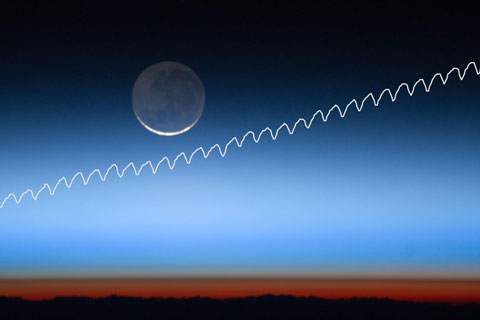
For 800,000 years before the twentieth century, carbon dioxide levels in Earth’s atmosphere never exceeded 300 parts per million. In March 2015, the monthly average went above 400 ppm for the first time.

At the end of April 2015, almost 60 percent of Oklahoma was experiencing moderate to exceptional drought, and 30 percent of Texas was experiencing drought conditions. But according to the May drought outlook, conditions are likely to improve in the southern Plains this month.
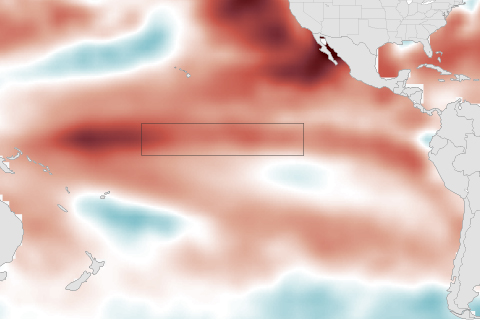
How much warmer or colder than average would sea surface temperatures be in the eastern tropical Pacific Ocean in April 2015? That's the question we asked participants to answer in our new online game, in which players pit their predictive powers against experts’ opinions. The answer is in...
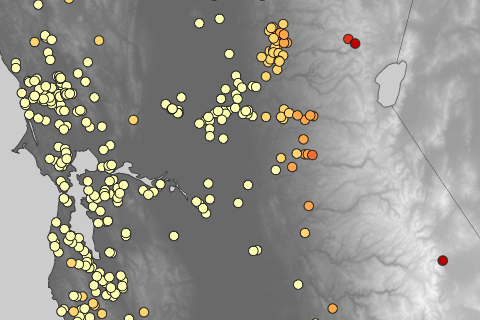
Strong evidence suggests that mountain areas are warming more quickly than lower elevations—with serious consequences for water supplies. But historical weather observations from mountain ranges are limited, leaving scientists with plenty of questions.
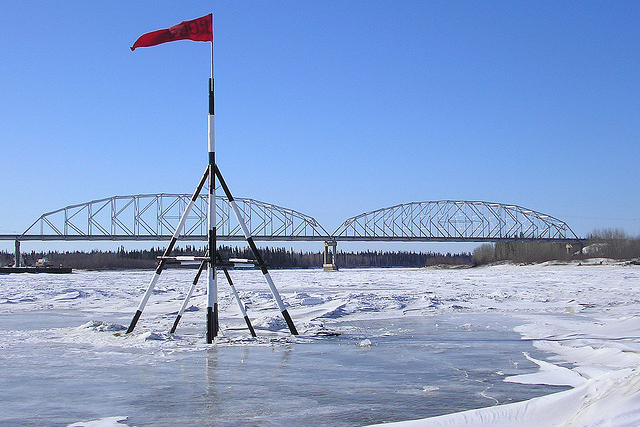
While many of us were wrapped up in March Madness this spring, Alaska residents and people across the globe participated in a different kind of competition.

In northern Alaska, ponds are shrinking and disappearing as the frozen ground beneath them thaws. The loss may have serious consequences for migratory birds and the subsistence hunters that depend on them.
